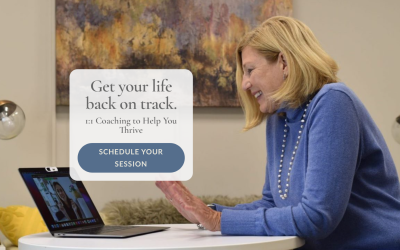1. Recognize the Signs Early
Learning to recognize the early signs of a panic attack can be a game changer. These might include increased heart rate, rapid breathing, or anxious thoughts. By recognizing these signs early, you can implement strategies to calm down before the symptoms escalate.
2. Practice Deep Breathing
Deep breathing is a powerful tool against panic attacks. It helps slow down your heart rate and promotes relaxation. Try the 4-7-8 technique: inhale deeply for 4 seconds, hold your breath for 7 seconds, and exhale slowly for 8 seconds. This method can help manage and prevent the onset of panic symptoms.
3. Engage in Regular Physical Activity
Exercise releases endorphins, chemicals in your brain that act as natural painkillers and mood lifters. Regular physical activity can help take the edge off anxiety and reduce the frequency of panic attacks. Find an activity you enjoy—whether it’s yoga, walking, or dancing—and make it a part of your daily routine.
4. Limit Stimulants
Stimulants such as caffeine and nicotine can exacerbate anxiety and trigger panic attacks in susceptible individuals. Try to limit or avoid these substances if you notice they contribute to your anxiety.
5. Establish a Sleep Routine
Lack of sleep can significantly increase the likelihood of panic attacks. Establishing a regular sleep pattern can help reduce anxiety and improve emotional regulation. Aim for 7-9 hours of quality sleep per night, and maintain a consistent bedtime and wake-up schedule.
6. Mindfulness and Meditation
Mindfulness meditation has been shown to effectively reduce symptoms of anxiety and prevent panic attacks. It involves observing your present thoughts and feelings without judgment. Apps or classes can guide you through mindfulness exercises, helping you stay grounded in moments of distress.
7. Develop a Support Network
Talking about your experiences and feelings can alleviate stress and diffuse anxiety. Develop a support network of friends, family, or others who understand what you’re going through. Sometimes, just knowing that someone is there for you can make a significant difference.
8. Professional Help
If panic attacks frequently disrupt your life, consider seeking professional help. Therapies like Cognitive Behavioral Therapy (CBT) are highly effective in treating panic disorders. A therapist can help you understand the roots of your anxiety, teach coping mechanisms, and guide you towards recovery.
9. Create a Personal Mantra
Develop a personal mantra that speaks to calm and assurance. It could be something simple like, “I am calm, I am in control.” Repeat this mantra during times of stress to help redirect your mind away from panic.
10. Listen to Your Body
A panic attack is often your body’s way of signaling that something is off balance, whether it’s physical, emotional, or mental. After a panic attack, take some time to reflect on what was happening before it occurred. Were you overloaded with tasks? Did you consume something that might have triggered the attack, like caffeine or sugar? Could you be dehydrated? Understanding these triggers can help you better prepare and possibly prevent future attacks.
11. LOVE Your Body
Embrace the philosophy of loving your body by paying attention to its needs and signals. This involves nurturing yourself, ensuring you’re well-hydrated, nourished with good food, and giving yourself adequate rest. Learning to truly love and care for your body can be a powerful step in preventing panic attacks.
By incorporating these strategies into your daily life, you can reduce the frequency and intensity of panic attacks, leading to a more peaceful and controlled existence. Remember, each step you take towards understanding and caring for yourself is a step towards greater well-being.









0 Comments